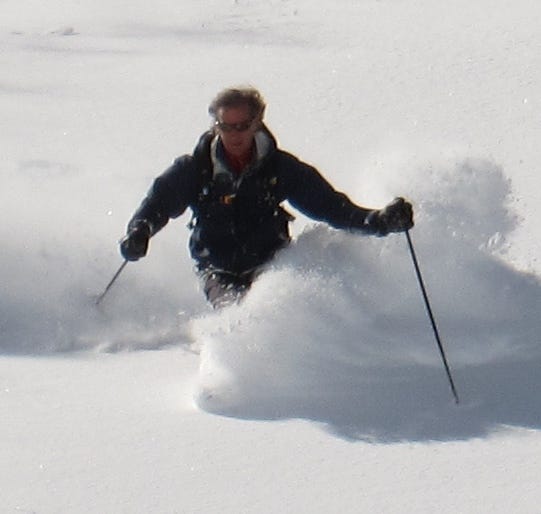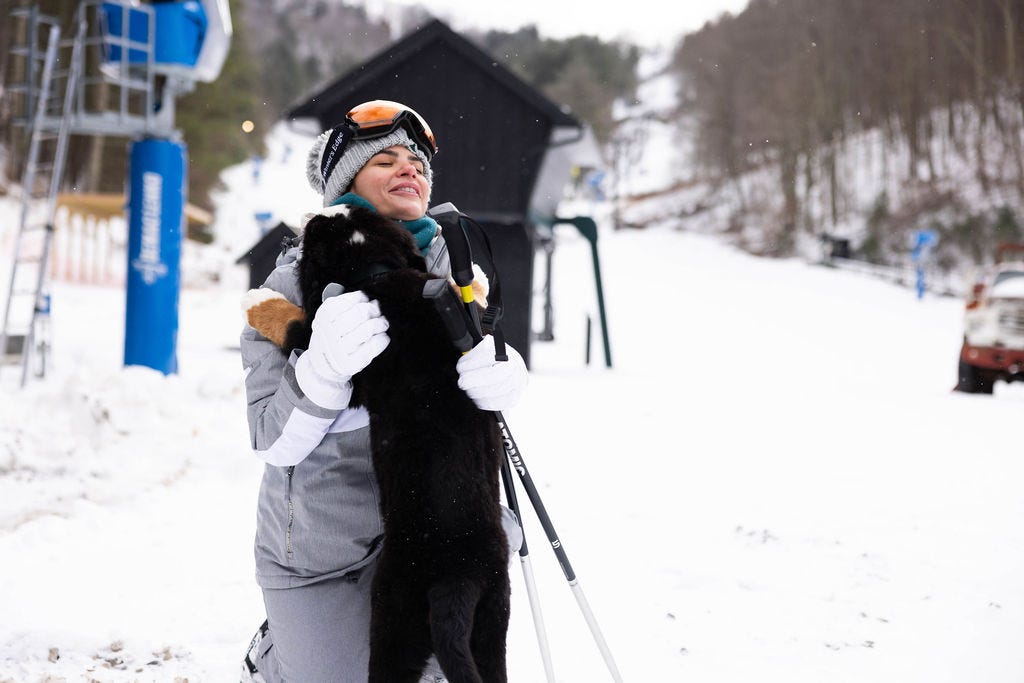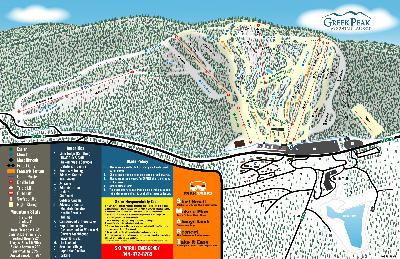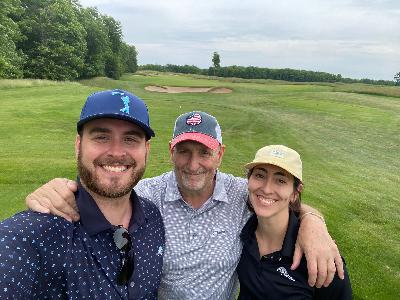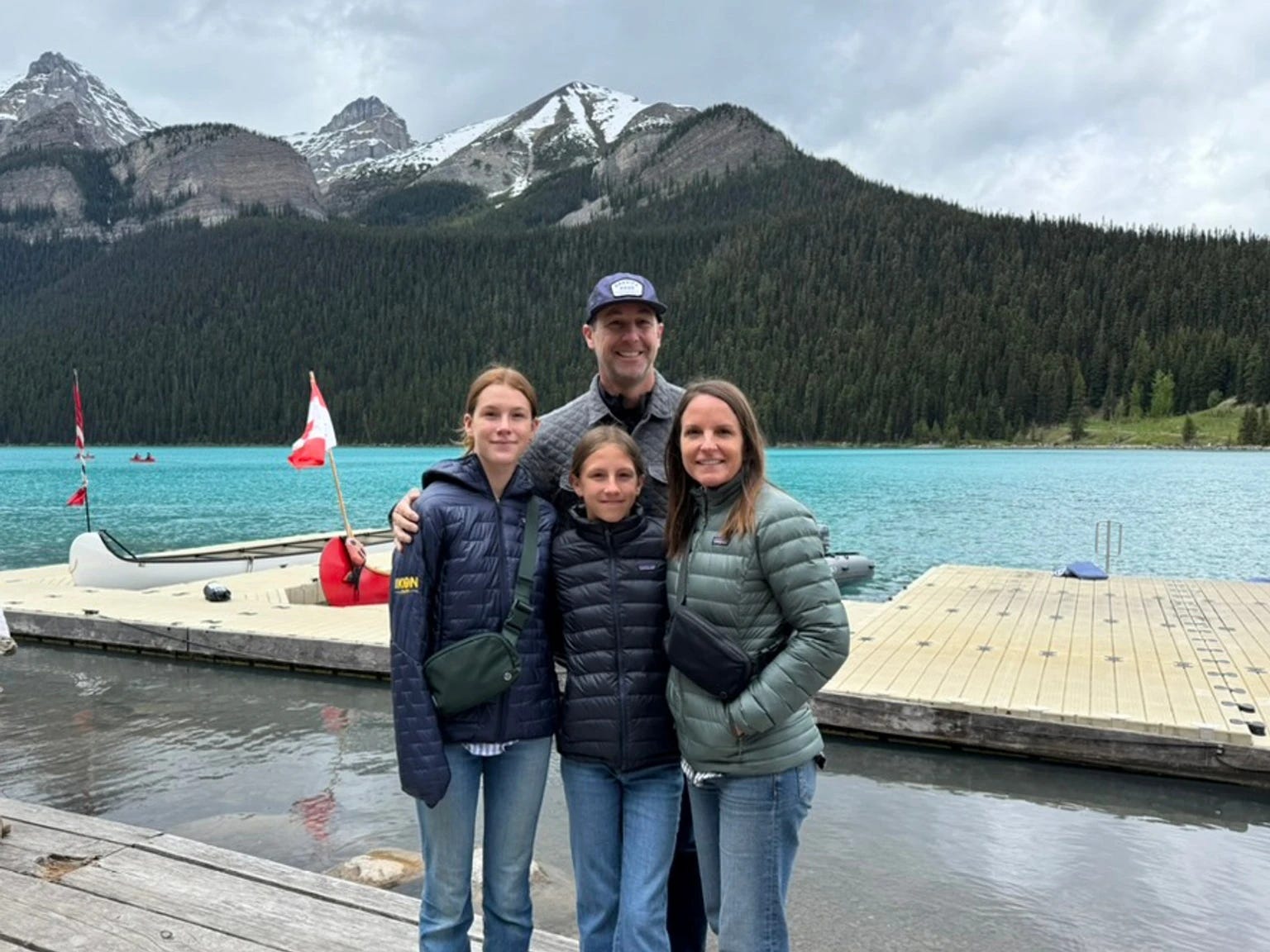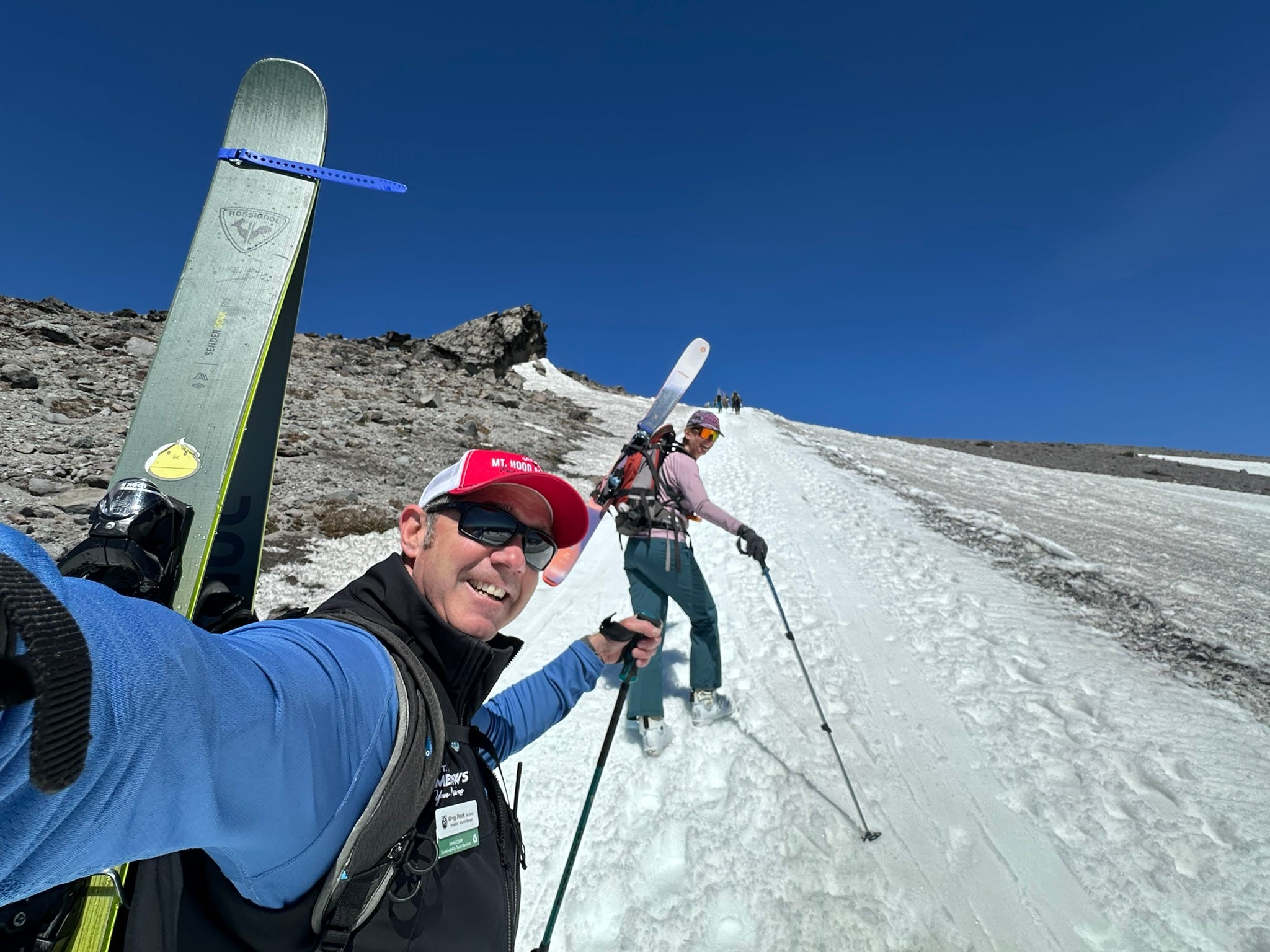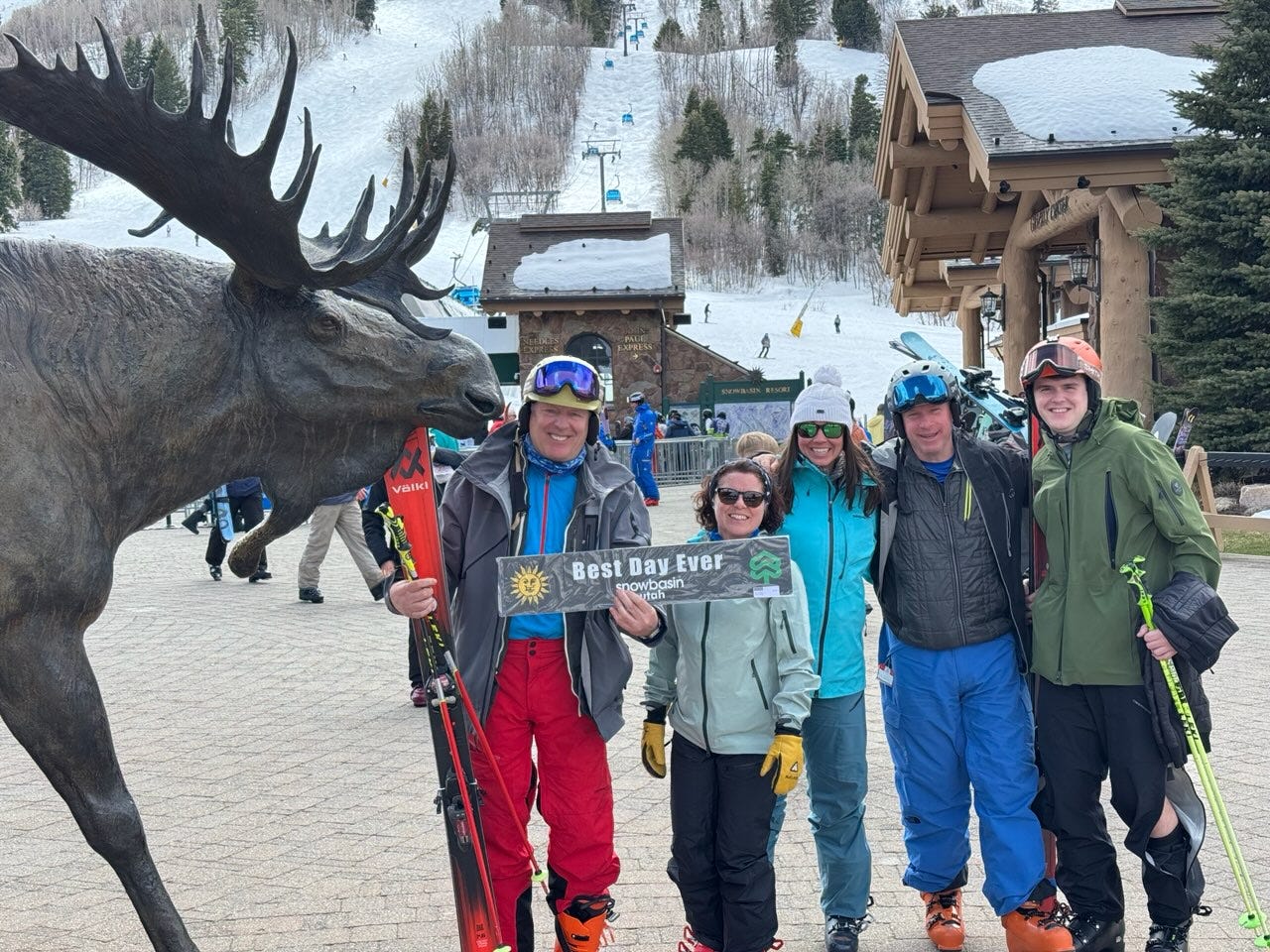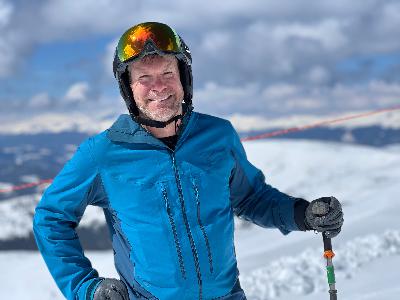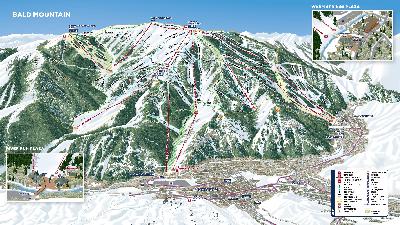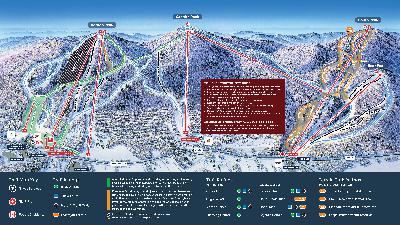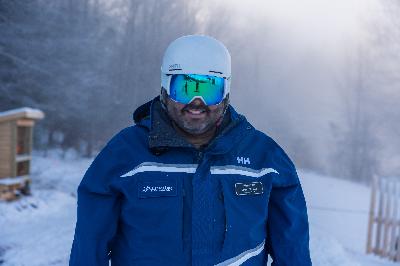Podcast #206: SE Group Principal of Mountain Planning Chris Cushing
Description
The Storm Skiing Journal and Podcast is a reader-supported publication (and my full-time job). To receive new posts and to support independent ski journalism, please consider becoming a free or paid subscriber.
Who
Chris Cushing, Principal of Mountain Planning at SE Group
Recorded on
April 3, 2025
About SE Group
From the company’s website:
WE ARE
Mountain planners, landscape architects, environmental analysts, and community and recreation planners. From master planning to conceptual design and permitting, we are your trusted partner in creating exceptional experiences and places.
WE BELIEVE
That human and ecological wellbeing forms the foundation for thriving communities.
WE EXIST
To enrich people’s lives through the power of outdoor recreation.
If that doesn’t mean anything to you, then this will:
Why I interviewed him
Nature versus nurture: God throws together the recipe, we bake the casserole. A way to explain humans. Sure he’s six foot nine, but his mom dropped him into the intensive knitting program at Montessori school 232, so he can’t play basketball for s**t. Or identical twins, separated at birth. One grows up as Sir Rutherford Ignacious Beaumont XIV and invents time travel. The other grows up as Buford and is the number seven at Okey-Doke’s Quick Oil Change & Cannabis Emporium. The guts matter a lot, but so does the food.
This is true of ski areas as well. An earthquake here, a glacier there, maybe a volcanic eruption, and, presto: a non-flat part of the earth on which we may potentially ski. The rest is up to us.
It helps if nature was thoughtful enough to add slopes of varying but consistent pitch, a suitable rise from top to bottom, a consistent supply of snow, a flat area at the base, and some sort of natural conduit through which to move people and vehicles. But none of that is strictly necessary. Us humans (nurture), can punch green trails across solid-black fall lines (Jackson Hole), bulldoze a bigger hill (Caberfae), create snow where the clouds decline to (Wintergreen, 2022-23), plant the resort base at the summit (Blue Knob), or send skiers by boat (Eaglecrest).
Someone makes all that happen. In North America, that someone is often SE Group, or their competitor, Ecosign. SE Group helps ski areas evolve into even better ski areas. That means helping to plan terrain expansions, lift replacements, snowmaking upgrades, transit connections, parking enhancements, and whatever built environment is under the ski area’s control. SE Group is often the machine behind those Forest Service ski area master development plans that I so often spotlight. For example, Vail Mountain:
When I talk about Alta consolidating seven slow lifts into four fast lifts; or Little Switzerland carving their mini-kingdom into beginner, parkbrah, and racer domains; or Mount Bachelor boosting its power supply to run more efficiently, this is the sort of thing that SE plots out (I’m not certain if they were involved in any or all of those projects).
Analyzing this deliberate crafting of a natural bump into a human playground is the core of what The Storm is. I love, skiing, sure, but specifically lift-served skiing. I’m sure it’s great to commune with the raccoons or whatever it is you people do when you discuss “skinning” and “AT setups.” But nature left a few things out. Such as: ski patrol, evacuation sleds, avalanche control, toilet paper, water fountains, firepits, and a place to charge my phone. Oh and chairlifts. And directional signs with trail ratings. And a snack bar.
Skiing is torn between competing and contradictory narratives: the misanthropic, which hates crowds and most skiers not deemed sufficiently hardcore; the naturalistic, which mistakes ski resorts with the bucolic experience that is only possible in the backcountry; the preservationist, with its museum-ish aspirations to glasswall the obsolete; the hyperactive, insisting on all fast lifts and groomed runs; the fatalists, who assume inevitable death-of-concept in a warming world.
None of these quite gets it. Ski areas are centers of joy and memory and bonhomie and possibility. But they are also (mostly), businesses. They are also parks, designed to appeal to as many skiers as possible. They are centers of organized risk, softened to minimize catastrophic outcomes. They must enlist machine aid to complement natural snowfall and move skiers up those meddlesome but necessary hills. Ski areas are nature, softened and smoothed and labelled by their civilized stewards, until the land is not exactly a representation of either man or God, but a strange and wonderful hybrid of both.
What we talked about
Old-school Cottonwoods vibe; “the Ikon Pass has just changed the industry so dramatically”; how to become a mountain planner for a living; what the mountain-planning vocation looked like in the mid-1980s; the detachable lift arrives; how to consolidate lifts without sacrificing skier experience; when is a lift not OK?; a surface lift resurgence?; how sanctioned glades changed ski areas; the evolution of terrain parks away from mega-features; the importance of terrain parks to small ski areas; reworking trails to reduce skier collisions; the curse of the traverse; making Jackson more approachable; on terrain balance; how megapasses are redistributing skier visits; how to expand a ski area without making traffic worse; ski areas that could evolve into major destinations; and ski area as public park or piece of art.
What I got wrong
* I blanked on the name of the famous double chair at A-Basin. It is Pallavicini.
* I called Crystal Mountain’s two-seater served terrain “North Country or whatever” – it is actually called “Northway.”
* I said that Deer Valley would become the fourth- or fifth-largest ski resort in the nation once its expansion was finished. It will become the sixth-largest, at 4,926 acres, when the next expansion phase opens for winter 2025-26, and will become the fourth-largest, at 5,726 acres, at full build out.
* I estimated Kendall Mountain’s current lift-served ski footprint at 200 vertical feet; it is 240 feet.
Why now was a good time for this interview
We have a tendency, particularly in outdoor circles, to lionize the natural and shame the human. Development policy in the United States leans heavily toward “don’t,” even in areas already designated for intensive recreation. We mustn’t, plea activists: expand the Palisades Tahoe base village; build a gondola up Little Cottonwood Canyon; expand ski terrain contiguous with already-existing ski terrain at Grand Targhee.
I understand these impulses, but I believe they are misguided. Intensive but thoughtful, human-scaled development directly within and adjacent to already-disturbed lands is the best way to limit the larger-scale, long-term manmade footprint that chews up vast natural tracts. That is: build 1,000 beds in what is now a bleak parking lot at Palisades Tahoe, and you limit the need for homes to be carved out of surrounding forests, and for hundreds of cars to daytrip into the ski area. Done right, you even create a walkable community of the sort that America conspicuously lacks.
To push back against, and gradually change, the Culture of No fueling America’s mountain town livability crises, we need exhibits of these sorts of projects actually working. More Whistlers (built from scratch in the 1980s to balance tourism and community) and fewer Aspens (grandfathered into ski town status with a classic street and building grid, but compromised by profiteers before we knew any better). This is the sort of work SE is doing: how do we build a better interface between civilization and nature, so that the former complements, rather than spoils, the latter?
All of which is a little tangential to this particular podcast conversation, which focuses mostly on the ski areas themselves. But America’s ski centers, established largely in the middle of the last century, are aging with the towns around them. Just about everything, from lifts to lodges to roads to pipes, has reached replacement age. Replacement is a burden, but also an opportunity to create a better version of something. Our ski areas will not only have faster lifts and newer snowguns – they will have fewer lifts and few

